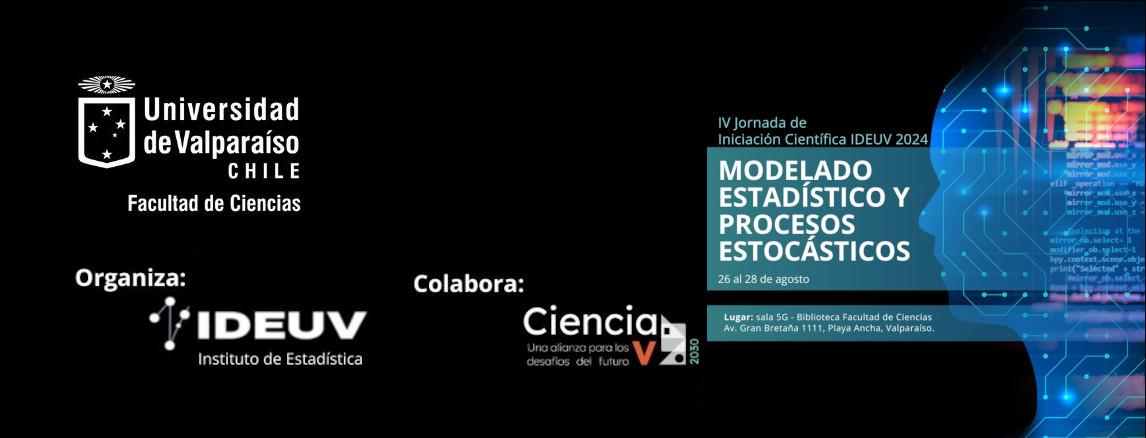Charla: «Application of the Ensemble Empirical Mode Decomposition (EEMD) method in signal analysis».
Expone: Dra. Suryani Guha. Charles University, Czech Republic.
Martes 11 de junio – 16 hrs
Modalidad presencial: Auditorio Facultad de Ciencias
Abstrac:
While the Fourier method is widely known and used for frequency analysis, it has been found to be inadequate for studying signals with time-varying periods or with high amplitudenoise. The empirical ensemble modal decomposition (EEMD) is a powerful tool that uses the Hilbert-Huang transform (HHT) to decompose non-stationary and nonlinear signals into finite and linear independent components called intrinsic modal functions (IMFs). In astronomy, these particular characteristics are extremely useful to analyze the light curves of stars with time-variable signals. To demonstrate the full potential of the EEMD method in this field, I will present the analysis of a set of experiments developed with different signals, usually found in light curves. Our synthetic signals include multiple frequency components and random noise with different amplitudes. Finally, I will show the results of its application for analyzing the signals of the light curve of the selected B-supergiant



